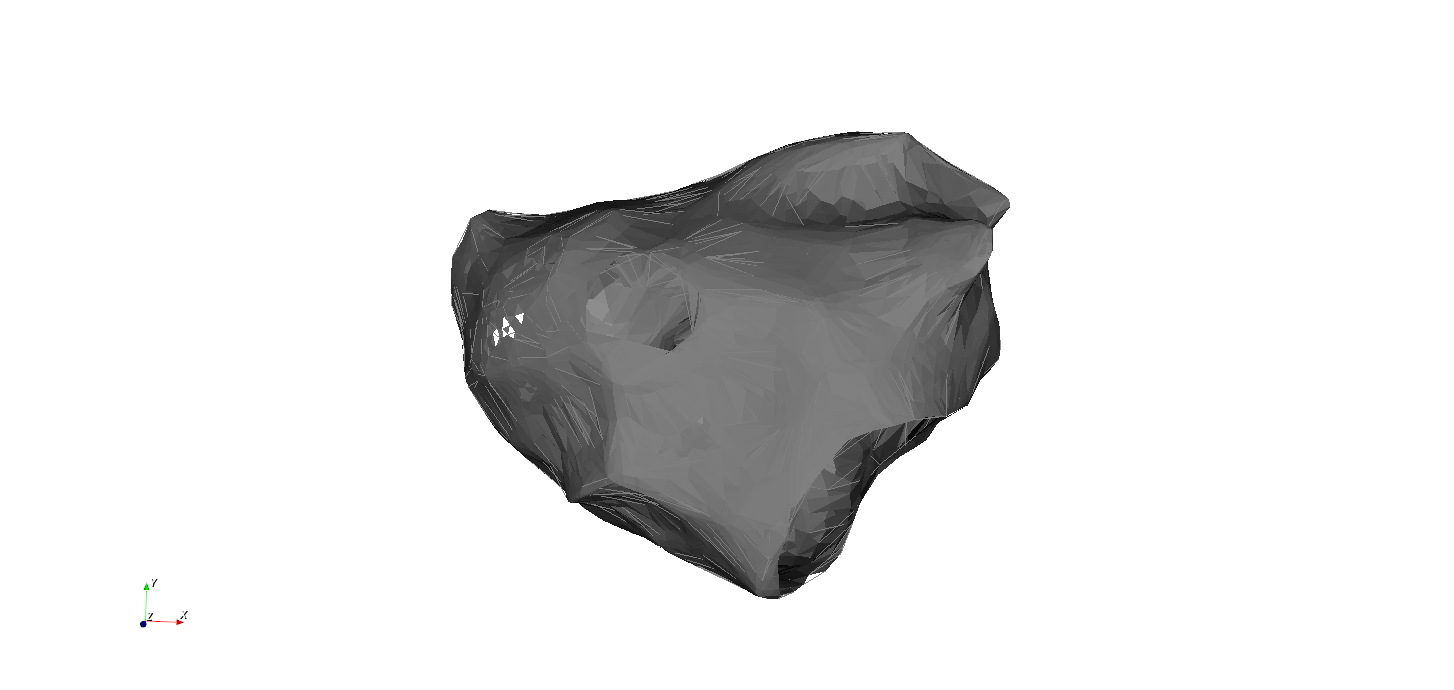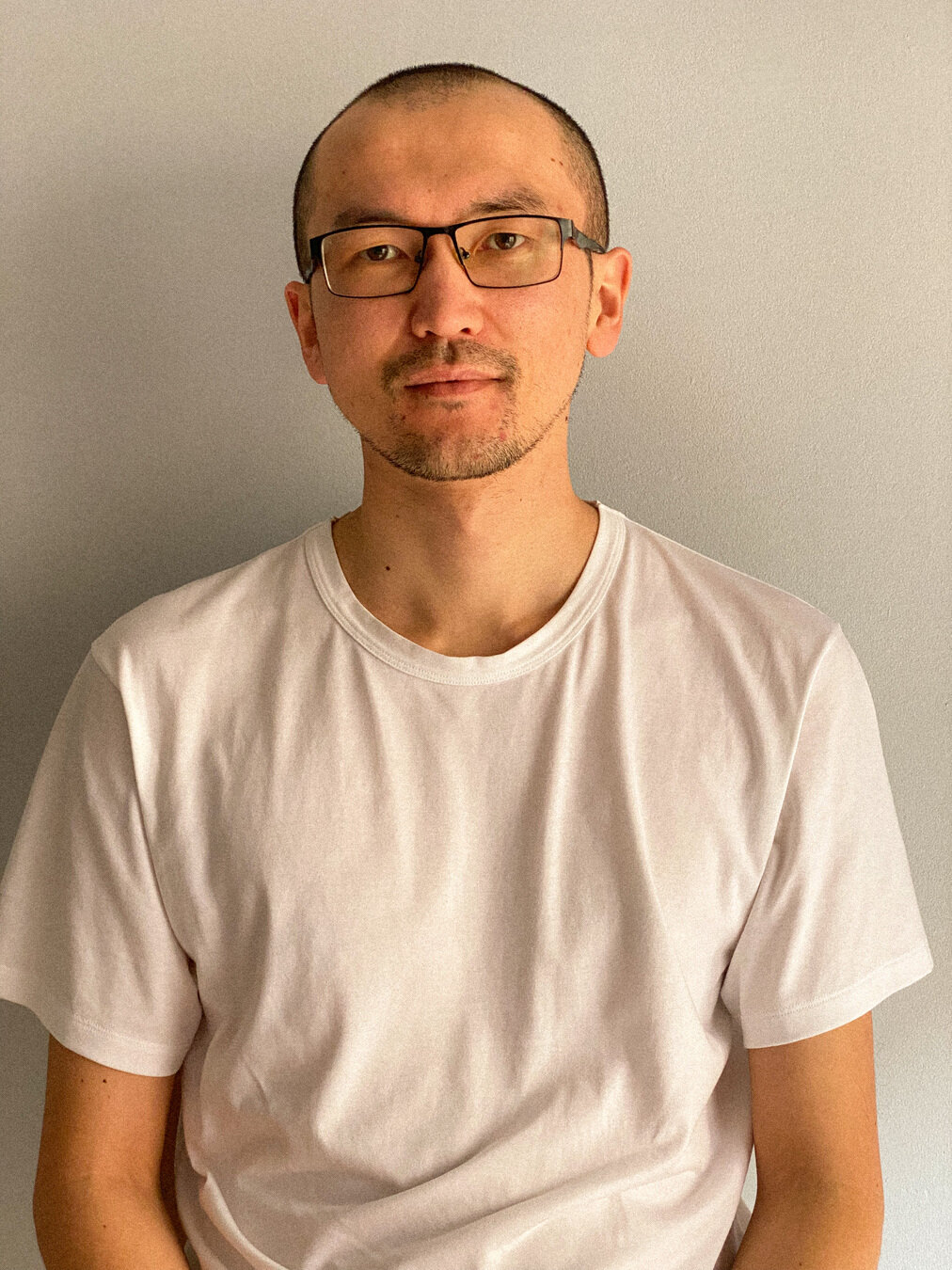Atrial fibrillation: how to move forward in this complex arrhythmia


Nele Vandersickel
Atrial fibrillation
- Not much progress since famous paper of Haïssaguerre
PVI isolation as therapy for paroxysmal AF

Atrial fibrillation
Different hypothesis in the past 25 years: Each hypothesis has support from models!
Multiple wavelets theory
Reumann et al, Journal of electrophysiology, 2007
Multiple wavelets theory
(Moe 1964 American heart journal, Allessie 1985 Cardiac electrophysiology and arrhythmias, Cuculich 2010 Circ, Child 2018 Circ:A&E)
The mother rotor fibrillation hypothesis
(Jalife 1998 Journal of cardiovascular electrophysiology, Keldermann 2009 Am J Physiol Heart Circ Physiol)
The multiple rotor theory: stable or meandering rotors

Zahid et al, Cardiovasular Research, 2016
AF driven by micro-anatomic intramural re-entry
(Hansen 2015 EHJ, Zhao 2017 JAHA)
AF driven by micro-anatomic intramural re-entry

Zhao et al, JAHA, 2017
The multiple rotor theory: stable or meandering rotors
(Narayan 2012 JACC, Bayer 2016 Frontiers in physiology, Haissaguerre 2014 Circ, Zahid 2016 Card res)
The mother rotor fibrillation hypothesis
Keldermann et al, Am J Physiol Heart Circ Physiol, 2008
Double layer hypothesis
(Allessie 2010 Circ:A&E, De Groot 2016 Circ:A&E)

Double layer hypothesis
Gharaviri et al, EP Europace, 2012
Atrial fibrillation
How to move forward?
1. Complexity of models
Models become increasingly complex
1. Advanced Electrophysiological models
Human atrial models
Human ventricular models
Notice the big differences!
Models become increasingly complex
2. Detailed Anatomical representations
- MRI CT scans: highly detailed, patient-specific anatomical models of the heart
- Fiber orientation
- Fibrotic tissue
- Fat
- ...
3. Coupling with mechanics

Heijman et al., Card Res 2021
What if you make the model again as simple as possible? Test for AT!





MV
LPV
RPV

Direct clinical relevance: topological ablations are being performed in Bruges
131 MRAT cases



Vandersickel et al, 2024, EHJ
Duytschaever et al, 2024 under review
Index theorem on AF
First results show that also for AF: loops come in pairs of 2!
2. Open Source Code
Open source code
- For simulations there are some open source solutions
- Analysis of electroanatomical data:
- Anatomical models, mesh generation
- Atrial models at scale from imaging or EAM data: Roney, Niederer
- statistical shape models: Loewe group
- ...








see also: https://github.com/lileitech/Awesome-Cardiac-Digital-Twins

Open source code
Yet many groups still develop in house code

Field of neuroscience is far ahead of our field:
Platform for neuroscience researchers with the amount of data/software/solutions and tutorials for the community.

Platform for publishing code and data together with providing user with cloud computing resources for pipeline building using this code and data

Datsets, atlases, open software for neuroscience problem.
Open Source seems to be the norm
3. Sharing of datasets
In cardiac research

- Simulations
- Clinical data: very little freely available

Many datasets on the website
...

Neuroscience
Again, neuroscience is far ahead of our field
Platform to share specific data format with the neuroscience community. Implements FAIR principles in data management.


Platform for neuroscience researchers with the amount of data/software/solutions and tutorials for the community.

Platform for publishing code and data together with providing user with cloud computing resources for pipeline building using this code and data

Datsets, atlases, open software for neuroscience problem.
4. Heterogeneous disease
Atrial fibrillation
https://mox.polimi.it/precision-medicine-to-control-atrial-fibrillation-progression/

Also the population might be very heterogeneous!
Take home message
- Model complexity
- How complex should our models be to find new mechanisms
- How correct are our basic models?
- Open Source
- Open source needs to be more mainstream and organized
- Open source needs to be more mainstream and organized
- Data sharing
- Long way to go to improve our data sharing practices, so we can check each others findings
- Long way to go to improve our data sharing practices, so we can check each others findings
- Heterogeneous patient populations
- AF probably has many different mechanisms
Directed Graph Mapping: tool to analyze EAM data
New version open source/source available with restrictions for commercial use

You can create your own pipeline!
www.dgmapping.com
Core Team





Nele Vandersickel
Sander Hendrickx
Robin Van den Abeele
Arthur Bezerra
Bjorn Verstraeten
Arstanbek Okenov
Timur Nezlobinskii
Eike Wülfers




Sebastiaan Lootens


Cinc Nele
By Nele Vandersickel
Cinc Nele
- 58



